California Self-Driving Truck Robotruck Accident Lawyer
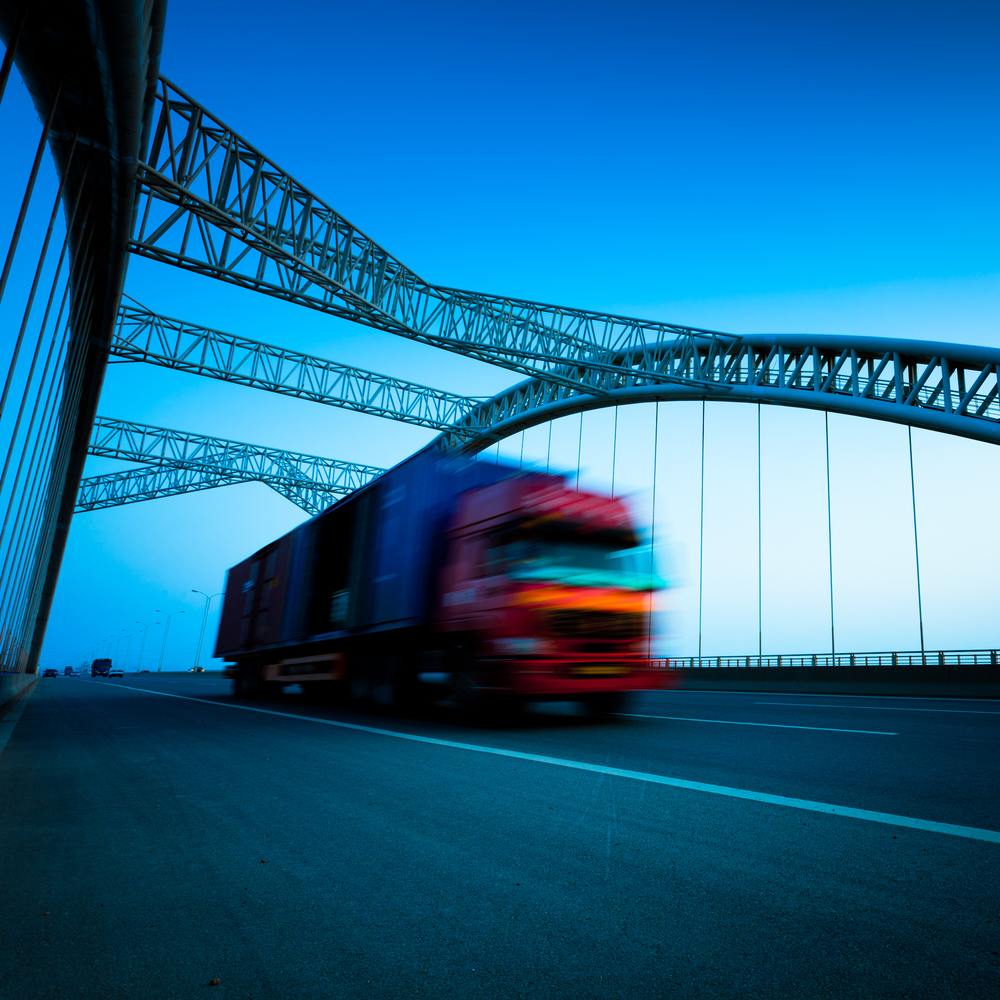
California Self-Driving Truck Robotruck Accident Lawyer and Self-Driving Trucks and Robotrucks in the U.S.
Driverless big rig trucks, robotrucks, are already being tested across the country, most recently even by the U.S. Postal Service. You may not yet have noticed, but self-driving trucks are already on roads being driven, with and without safety drivers monitoring the technology, and some can even be operated by remote control. The 2020s decade are going to see these big rig self-driving trucks utilized more and more frequently as testing concludes and full-time utilization of their technology goes into effect and when they do, California self-driving truck robotruck accident lawyer will be at the forefront of this new technology.
So why the rush, you might ask? Is the technology that foolproof? Probably not. But self-driving trucks, robotrucks, are already in use in certain settings, and before long self-driving trucks will be a reality, and probably whether people are ready to accept them or not. For the fact is, if they aren’t on the road soon, the transportation of goods in America will be in a dire situation due to a severe shortage of truck drivers.
Indeed those big rig, tractor-trailer and other heavy duty trucks, 18 wheeler trucks, commercial trucks, delivery trucks and heavy construction trucks that can cause catastrophic injuries and deaths when they collide with a passenger vehicle will soon, in many situations be driverless. And while that may seem, at first glance to be a bad thing, at second glance, it depends. It depends on how the issues are resolved that this article examines.
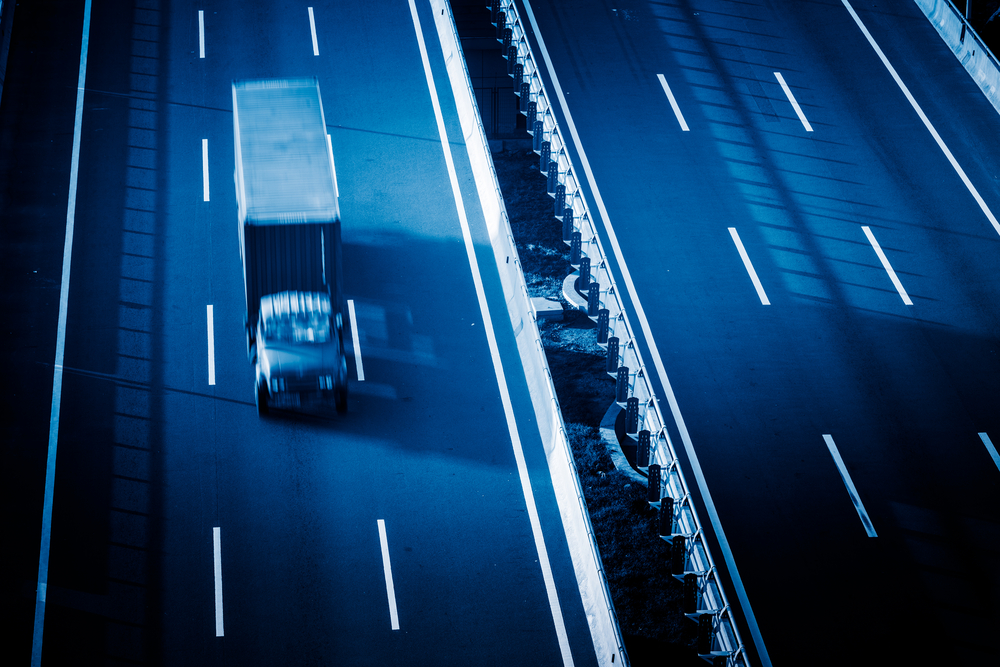
California Self-Driving Truck and Robotruck Accident Lawyer Sebastian Gibson
California Self-Driving Truck Robotruck Accident Lawyer Sebastian Gibson specializes in one type of accident case, big rig, tractor-trailer and other heavy duty truck accidents. They might be 18 wheeler trucks, commercial trucks, delivery trucks or even landscaping and gardening trucks, but the one thing they all have in common is the severity of injuries they can inflict on the driver of a passenger vehicle. We’re your truck accident law firm. In the 2020s decade, we’ll also be representing victims of robotruck accidents, accidents involving self-driving trucks.
With over 40 years of combined experience in California and London and law degrees in both California and Great Britain, it’s not surprising that Palm Springs Truck Accident Attorney has been named a 2022 Top Lawyer for the 12th year in a row by the prestigious Palm Springs Life Magazine.
As the 2020’s decade begins, you can be certain of one thing. As these self-driving trucks are introduced to the transportation network across America, California Truck Accident Lawyer Sebastian Gibson will be ready to investigate accidents involving these trucks.
Recent Testing of Self-Driving Trucks
In May 2019 it was announced that the U.S. Postal Service has begun a two-week test of self-driving trucks on a 1000-mile trip across southwestern states between Phoenix and Dallas utilizing big rig trucks supplied by the autonomous truck company, TuSimple. A trip which normally requires trucking companies to use two driver teams in order to comply with federal safety regulations, could in the future not require human drivers at all.
The trucks involved in the testing are retrofittted Peterbilt trucks utilizing cameras which see more than half a mile ahead. While the TuSimple technology can be utilized from truck depot to truck depot, the autonomous system is being utilized only on the highway.
If the test is successful, utilization of self-driving trucks by the U.S. Postal Service could save the post office billions over the years to come and comes at a time when there is an ever-growing shortage of truck drivers in the U.S., a shortage the American Trucking Association estimates will be as many as 174,500 driver by 2024.
The Postal Service in the U.S. currently spends over $4 billion per year on outside contractors for highway trucking services. Due to the shortage of drivers nationwide, these costs have been rising even more. Eliminating human drivers and compliance with safety rules regarding the number of hours a driver can be behind the wheel, the U.S. Postal Service alone could save hundreds of millions of dollars each year.
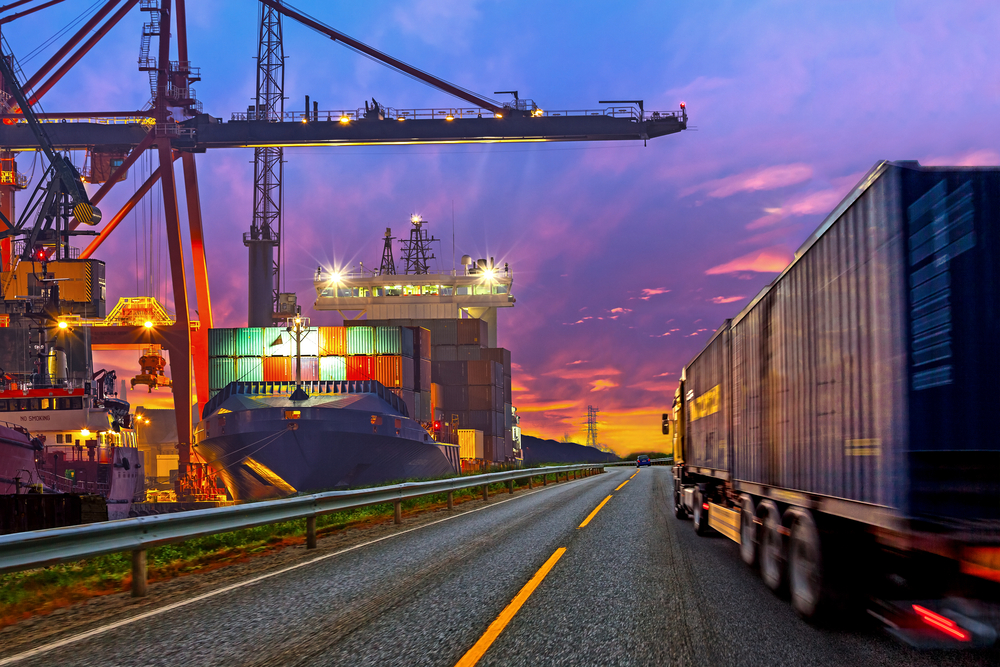
Truck Transportation in the U.S.
The American Trucking Association projects that 20.7 billion tons of freight will be moved by trucks by 2028, a 36% increase from what was projected for 2017.
There are an estimated 3.5 million Class 8 trucks on the road and more than 210,000 trucking companies. Trucking moves 70 percent of all goods in the U.S.
But the trucking industry has a big problem. It can no longer find enough drivers to meet demand. The turnover rate is high and the current driver shortage is almost certainly over 50,000. In the next five years, that number is expected to grow to nearly 175,000.
Congress has so far not lifted restrictions on self-driving trucks as they have on cars. The National Highway Traffic Safety Administration has left states to set their own rules for the testing or operation of self-driving vehicles on public roads.
Testing self-driving trucks is limited to the states which allow it and there are no universal rules among those states.
Legislators in the U.S. still need to determine what rules will apply when a self-driving truck causes an accident.
In April 2019, California proposed rules allowing for testing of light duty Class 1 and 2 truck which would allow minivans, pickup trucks, and utility vans weighing under 10,001 pounds to receive permits for testing. Class 3 through 8 truck which include delivery trucks, semi trucks, buses, and heavy-duty construction vehicles will not be allowed under this permit system. The 45-day public comment period for these regulations ends on May 27, 2019 followed by a public hearing on the regulations.
The California Department of Motor Vehicles Website provides reports of every crash involving cars participating in its autonomous vehicle testing program. It provides for interesting reading.
The first ever California crash involving a self-driving truck occurred in Silicon Valley. A semi truck owned by startup Starsky Robotics was involved in a minor collision when a car hit the truck’s tires and broke a mud flap and had to be towed from the scene. There were no injuries.
California does not currently have a testing program for self-driving trucks and developers are not permitted to test advanced driverless technologies. It’s unknown whether any of Starsky’s self-driving systems were engaged at the time of the collision.
Companies Producing Self-Driving Trucks, Self-Driving Technology and Remote Control Trucking
Daimler AG which recently took a majority stake in Torc Robotics and which has worked with Caterpillar Inc. is developing autonomous mining trucks for use in Australia and plans to invest hundreds of millions in autonomous trucks.
Swedish company Einride has begun operating self-driving electric trucks on a Swedish road between a shipping terminal and a warehouse.
TuSimple, a company based in Bejing, China and San Diego, is the company whose trucks are being tested by the U.S. Postal Service. Financing has come from chipmaker Nvidia Corp and Chinese online media company Sina Corp. The company has a testing facility in Tucson, Arizona. Its trucks utilizes camera technology rather than laser-based radar.
Uber which had been involved with self-driving trucks after an acquisition of Otto, shut down its self-driving truck program in July 2018 to focus on self-driving cars. Uber Freight, meanwhile is focused on the Uber Freight App it developed for truck drivers which allows them to find nearby available loads and to see the destination, the distance required and payment information. If the drivers find a load they like, they can use the app to book it.
Waymo, a subsidiary of Google’s parent company, Alphabet has been testing self-driving trucks in California and Arizona. Waymo’s self-driving trucks have also begun hauling real cargo in the Atlanta area. A safety driver in the truck can take over if anything goes wrong.
Tesla Semi, Tesla’s self-driving trucks can currently be reserved but now aren’t expected to be available for delivery until sometime in 2020. Tesla is reportedly already hauling loads for Tesla’s factories in California and beyond utilizing its electric Semi truck.
Embark, which was founded in San Francisco, is testing their self-driving trucks between a warehouse in El Paso, Texas and a distribution center in Palm Springs, California. On these trips, a human driver rides in the cab monitoring the computer operating the truck. Embark’s partner on these test runs in the trucking company, Ryder. The ultimate goal, however, is to have trucks operating without the need of a human companion. Embark believes that semi trucks, are the best use for autonomous technology.
Starsky Robotics is developing a teleoperation system to let drivers take remote control of a truck from offices hundreds of miles away. With teleoperation, trucks can do fully unmanned journeys and one driver could conceivably oversee 10 to 30 trucks during an eight-hour shift. Starsky has reportedly hauled cargo in fully autonomous trucks in Florida by remote control.
Volvo, which has been developing a self-driving truck called Vera, is also testing self-driving Volvo FMX trucks in Norway for use transporting limestone from an open pit mine to a port over a five kilometer stretch of road.
In February 2019, Amazon invested $700 million in the electric startup Rivian. Rivian is known for electric trucks and has raised $1.4 billion in funding so far. Amazon has also invested in Aurora,, a self-driving startup. Putting these two investments together, it’s easy to see that Amazon is hoping autonomous technology can eventually lead to faster and cheaper delivery of its goods by self-driving autonomous trucks in the future.
Ike is an autonomous trucking startup founded by veterans of Apple, Google and Uber Advanced Technologies Group’s self-driving truck program. It has raised $52 million so far.
XOS, formerly Thor Trucks until it was forced to change its name after settling a trademark infringement suit has developed an electric Class 8 tractor.
Japanese manufacturer Komatsu’s self-driving trucks, over 70 of them, each weighing 416 tons are used by mining giant Rio Tinto in Australia to transport iron ore 24 hours a day.
Caterpillar, a competitor of Komatsu, has also sent its self-driving trucks to Australia which are similarly being utilized in mining operations.
The truck divisions of Toyota and Volkswagen have agreed to work together to develop electric vehicle self-driving technology.
Nvidia is working with Isuzu to develop self-driving trucks.
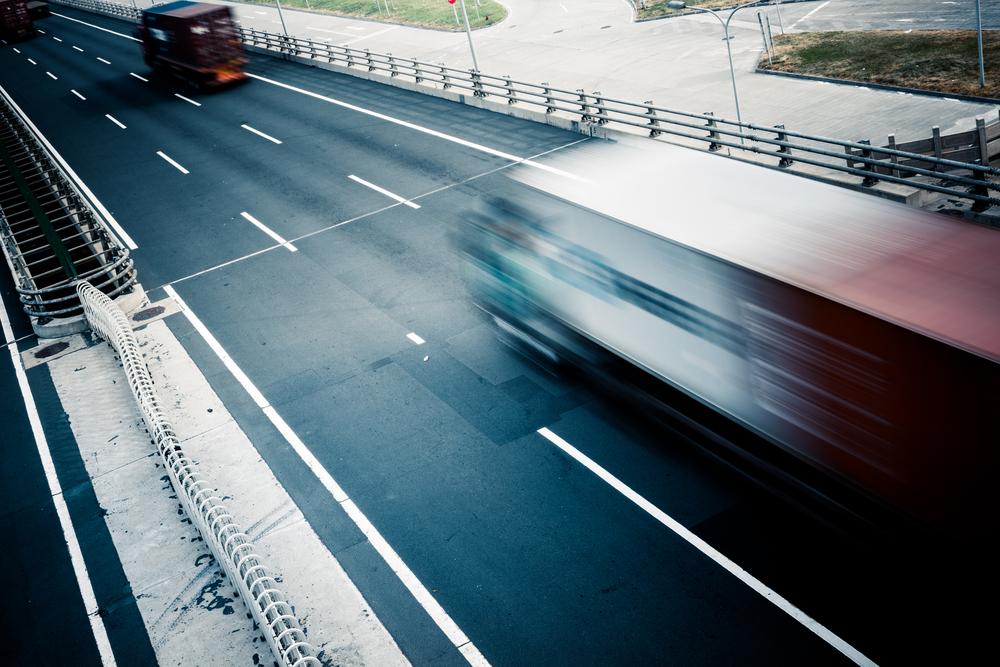
The Problems Which Come With Self-Driving Robotrucks
Trucks lack the maneuverability to avoid potential accidents and take much longer to come to a complete stop. When they collide with a smaller vehicle, for instance a small passenger car, a heavily loaded truck can demolish the smaller vehicle.
Sensors on the top of the truck’s cab, whether radar, camera or a combination of the two, can be blinded by the sun.
With most accidents involving self-driving trucks expected to be caused by software glitches and hardware malfunctions, determining the root causes of these accidents in the future will mean a long and costly process and a long delay in determining the party or parties at fault.
An out-of-control malfunctioning self-driving truck could cause a great many fatalities. If terrorists or criminals are able to hack the software controlling self-driving trucks, the consequences of numerous out-of-control big rig trucks on American highways is mind-boggling to consider.
In a scenario which could all be too real, other trucks could be used by criminals on a deserted highway to box in a driverless truck, blast open the truck trailer doors and transfer the hijacked cargo to their own trucks. Unless the self-driving truck has software that allows it to self-destruct, there may be little the autonomous truck software can do besides call for help and use its cameras to take images of the criminals and their trucks.
In a worst case scenario, the criminals may find a way to disable the self-driving truck’s software, location devices, and simply take the truck, cargo and all, unload the truck elsewhere, and steal the most valuable parts of the truck as well.
Advantages of Adding Self-Driving Trucks to Transportation Networks
Truck routes afford the simplicity of programming a self-driving truck to drive on a highway for long distances without all the complexities of driving on city streets.
Self-driving trucks would in large part eliminate the common accident causing problem of truck drivers who can be tired, lose concentration and even fall asleep while driving.
Self-driving trucks can eventually solve the problem facing the U.S. of a potentially large shortage of truck drivers, estimated to be nearly 175,000 by the year 2024. Truckers are scarce and becoming more scarce as demand grows. The pay for truck drivers is low, and the conditions of the job are tough.
A coast to coast run which currently takes five days, could be completed in two with a self-driving truck. For companies like Amazon whose customers want their delivery yesterday, the savings in time is critical.
Companies involved in developing autonomous self-driving truck technology believe big rig trucks and semis are the best use of self-driving technology for the reason that trucks spend most of their time on highways where they don’t have to account for all of the hazards of city driving which include people on bicycles, scooters, pedestrians who aren’t looking, motorcyclists splitting lanes and even dogs.
With the number of people dying in large truck crashes every year, the current number may well be as many as 5,000 people in a single year. About 28 percent of the deaths are truckers. The other 72 percent are drivers in the other vehicle or vehicles. Even a small reduction in the percentage of today’s truck crashes could save a considerable number of lives. A reduction in the speed of trucks at the moment truck crashes occur as self-driving technology kicks in, could save more lives.
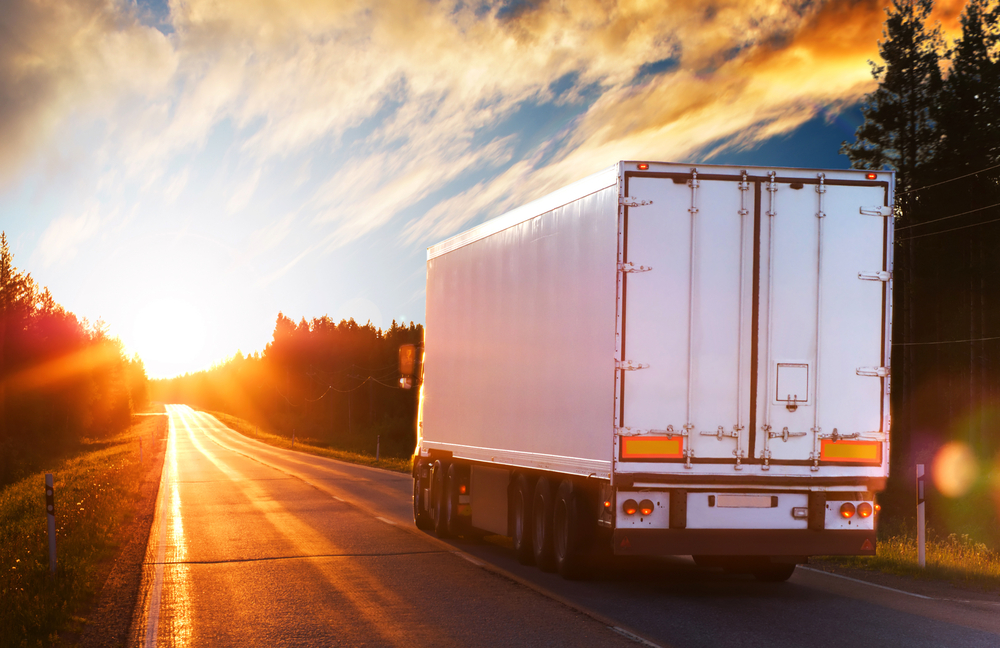
Self-Driving Truck Accident Law in California and California Self-Driving Truck Robotruck Accident Lawyer Sebastian Gibson
If a self-driving truck is determined to have been at fault for an accident, the defendants in any resulting lawsuit could be endless. They could include the company which developed the software, failed sensors, radar or cameras. They could include a city, state or federal agency for infrastructure problems that contributed to the accident.
The trucking company of course would be a logical defendant, particularly if the company failed to maintain the truck or do truck safety checks.
Of course, the drivers of other vehicles involved in the crash could also be defendants due to their comparative negligence.
Any other manufacturer of a product contributing to the accident could be named in the lawsuit for their comparative negligence.
The individuals who wrote the code for defective software, designed the vehicle’s software or calibrated it could possibly be named.
And if the self-driving truck was being operated by remote control, the individuals and the company involved in the operation of the truck would also likely be named as defendants.
The problem thus, is not a lack of defendants, but a plethora of them.
In a worst case scenario, after naming each of these defendants, at time of trial or at some time prior thereto, might use the empty chair defense and point to an empty chair to claim some other unnamed defendant caused the accident.
It may even be plausible for defendants to claim some rogue country or terrorist hacked the vehicle’s software, thus requiring the lawsuit to be amended, if not too late to do so, to name the security company which failed to prevent the software from being hacked.
Resolving the Issues Presented by Self-Driving Trucks
How each of these problems are resolve will require the finest minds of the people and companies developing self-driving autonomous trucks and their technology.
But before these trucks are in widespread use, the issues discussed here will also need the assistance of trucking companies, legislators, lawyers, members of the public, state and local governments, and federal agencies to do their part.
Truck drivers currently operating big rig trucks and those who will be testing these trucks will still be needed for many of the jobs which self-driving trucks cannot perform as well as to fill the gap between the growing need for truck drivers and the number of self-driving trucks put on the road in the future.
The Future of Self-Driving Robotrucks As Seen By California Self-Driving Truck Robotruck Accident Lawyer Sebastian Gibson
Robotrucks are coming, of that there’s no doubt. But the challenge for self-driving truck companies will be to gain the acceptance of self-driving trucks by the public. If there are accidents, catastrophic accidents which cause fatalities as they’re introduced, the trucking companies utilizing them and the companies employing the use of robotrucks to transport their goods could face a serious backlash.

California Self-Driving Truck Robotruck Accident Lawyer Sebastian Gibson
With offices in the Palm Springs and Palm Desert area as well as offices in the Orange County city of Newport Beach, California Truck Accident Attorney Sebastian Gibson is the attorney to call when faced with having been involved in a serious truck accident in California.
California Self-Driving Truck Robotruck Accident Lawyer Sebastian Gibson has been rated “Superb” by Avvo, their highest rating, which rates attorneys all across the country and has been called “Brilliant” and “A Legend.”
Whether you need a California Self-Driving Truck and Robotruck Accident Lawyer now or a California Self-Driving Truck Robotruck Accident Lawyer in the future, the right choice is Attorney Sebastian Gibson.




